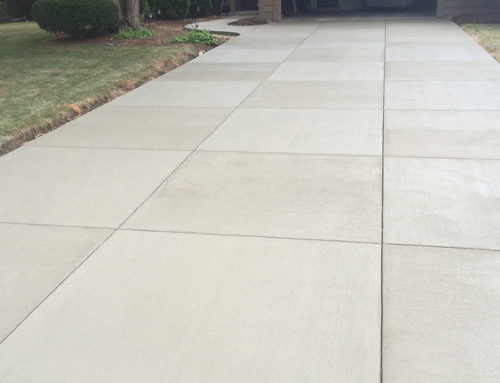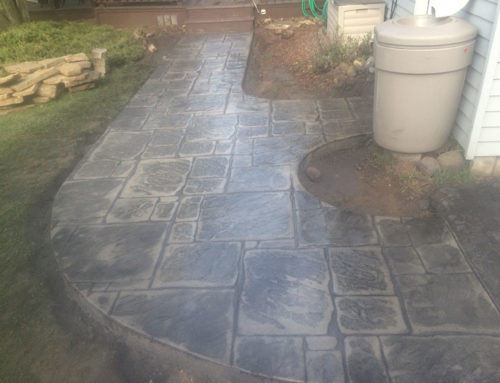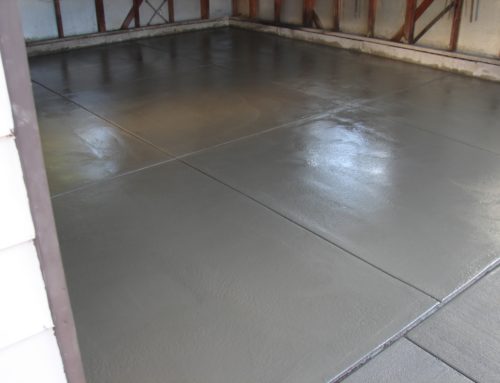Did you know that rain can damage your concrete? Despite concrete’s extraordinary strength and durability, it’s not uncommon for it to deteriorate over time. Excessive moisture is one of the many factors that can negatively affect concrete. Cosmetic concerns such as hairline cracks may not be a cause for significant action. However, other signs of wear should be immediately addressed to prevent greater, costlier damages.
Not sure how to check your concrete for possible rain damage? Read on to learn how it’s done.
Locate Rain Damage by Following the Water
Concrete that has been exposed to rainwater for long periods of time will eventually start to crack and separate. Therefore, it’s beneficial to designate storm sewers and drains so that the water can flow into these structures and not your property. Not only are storm drains and sewers two essential parts of a concrete structure, but they’re a precautionary measure to prevent flooding and water damage. Follow the water to find potential signs of pitting and lifting as well.
Check for Cracks and Other Signs of Deterioration
Unfortunately, concrete is not immune to the harmful effects of rainwater. So, after checking where the flow of water is heading, inspect your property for any signs of cracks. Not all signs of damage require replacement. In fact, some cracks and chips can be mended by resurfacing. However, if you notice any cracking, pitting, or lifting, you may need to schedule a consultation with a reputable concrete professional to assess the damage.
The Americans with Disabilities Act (ADA), defines a “trip hazard” as any joint or crack with a vertical change of over ¼ inch. For that reason, preventative maintenance and repair is always the safer route to check for possible hazards before they can occur or become worse. Additionally, it’s a great way to ensure that your concrete structures remain in tip-top shape.
Look for Puddles Caused by Rain Damage
In general, puddles may seem harmless, but the impact of immoderate moisture on concrete shouldn’t be downplayed. In fact, erosion due to acid rain and pollution can weaken the foundation. If water accumulates around your property’s foundation, it will likely seep into the concrete and cause cracking. Or worse yet, the cracks could cause more damage if it causes the foundation to shift. If you notice cracks in the walls or ceilings, this could potentially indicate the presence of standing water in the foundations.
Have You Noticed Signs of Rain Damage?
If so, it’s important to understand that concrete is an investment that’s certainly worth your time and money. If you need concrete repair to fix large areas of broken, sunken, tilted, or uneven concrete, JBS Construction can help. We have over 30 years of experience providing professional concrete repair and concrete additions services in Milwaukee and the surrounding area.
Contact us today to schedule your free estimate.





